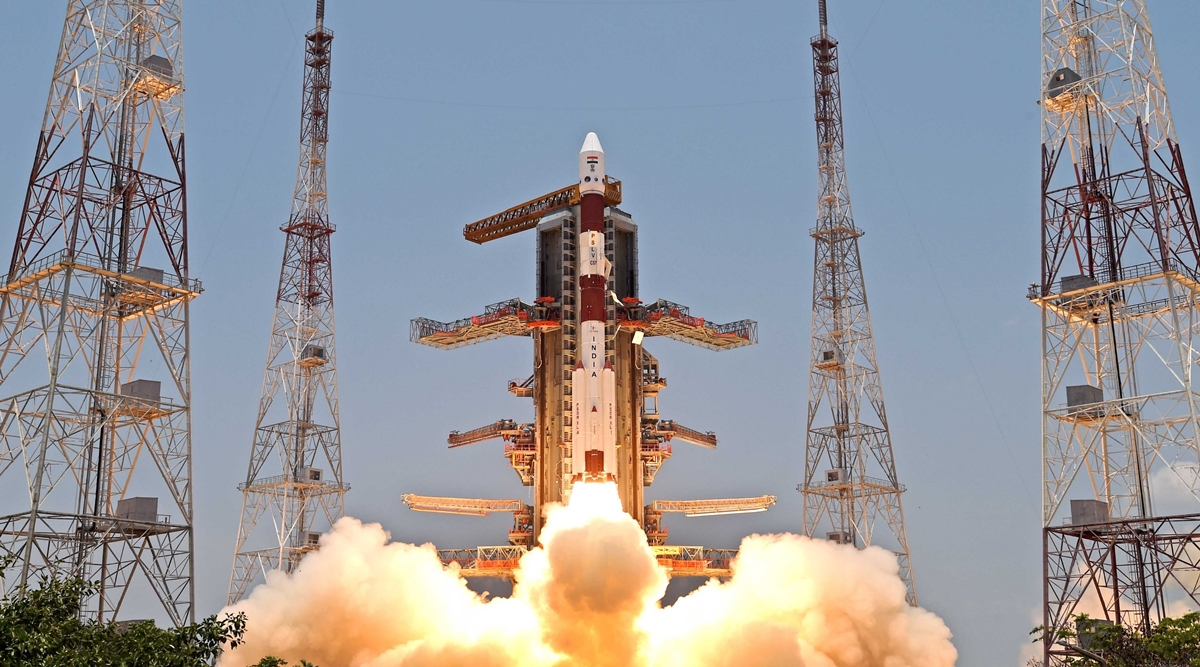Aditya L1 Spacecraft May Require Trajectory Correction Manoeuvre in Coming Days to Achieve L1 Orbit
In the vast expanse of space, precision is everything. The Indian Space Research Organisation (ISRO), known for its meticulous planning and execution, recently launched the Aditya L1 spacecraft on July 18, 2023. This ambitious mission seeks to unlock the mysteries of our closest star, the Sun, from a unique vantage point. However, in the unforgiving realm of space, even the slightest deviation from the intended path can have significant consequences. This is why ISRO scientists are currently evaluating the need for a trajectory correction manoeuvre (TCM) for the Aditya L1 spacecraft in the coming days to ensure it achieves its desired orbit around the Sun-Earth Lagrangian point 1 (L1).
Understanding Lagrangian Point 1 (L1)
Before delving into the details of this intriguing mission, let's grasp the significance of L1. Lagrangian points are positions in space where the gravitational forces of two large objects, in this case, the Sun and Earth, balance the centripetal force felt by a much smaller object, such as the Aditya L1 spacecraft. L1 is located approximately 1.5 million kilometers from Earth in the direction of the Sun. It's a delicate cosmic balancing act that enables spacecraft to maintain a stable position relative to both Earth and the Sun.
The Need for a Trajectory Correction Manoeuvre
The precise trajectory of any spacecraft is a critical factor in mission success. Even the smallest deviations can accumulate over vast distances, potentially causing the mission to veer off course. This is where trajectory correction manoeuvres come into play. They are routine procedures for deep space missions, ensuring that the spacecraft stays on track and reaches its intended destination.

ISRO scientists, renowned for their expertise, are closely monitoring the Aditya L1 spacecraft's current trajectory. The decision to execute a TCM will depend on their assessment of the data collected during the first 48 hours of the mission.
"We have to decide when it will be done after the assessment of information after 48 hours," explained ISRO scientist and URSSC director, M. Sankaran.
This careful evaluation will determine the magnitude and timing of the manoeuvre, which will most likely involve using the spacecraft's thrusters to make the necessary course corrections.
The Aditya L1 Mission: Unlocking Solar Mysteries
The Aditya L1 mission is of paramount importance to India's space exploration endeavors. It represents the country's maiden dedicated solar mission and holds the promise of groundbreaking discoveries. Equipped with seven advanced scientific instruments, the spacecraft is on a quest to study the Sun's corona, chromosphere, and photosphere. The data gathered during this mission will contribute significantly to our understanding of the Sun's dynamics and its far-reaching effects on Earth's climate.
ISRO's Stellar Record with Trajectory Correction Maneuvers
ISRO has earned a stellar reputation for its ability to execute precise trajectory correction manoeuvres. Notably, in 2013, the agency successfully conducted a TCM on the Mars Orbiter Mission spacecraft, enabling it to enter its desired orbit around the Red Planet. This achievement underscores ISRO's expertise in navigating the complexities of deep space.
What Lies Ahead
If a trajectory correction manoeuvre is deemed necessary for the Aditya L1 spacecraft, it will likely be executed in the coming days. Currently, the spacecraft is following a trajectory that is projected to bring it to the L1 point in approximately 110 days, assuming no course corrections are required.
In conclusion, the Aditya L1 mission stands as a testament to India's growing prowess in space exploration. As scientists meticulously monitor its trajectory, we can anticipate groundbreaking discoveries about our Sun and its impact on our planet. The need for a trajectory correction manoeuvre highlights the importance of precision in space missions and ISRO's unwavering commitment to success.
FAQs
-
Why is the Aditya L1 mission significant? The Aditya L1 mission is India's first dedicated solar mission, aiming to study the Sun's corona, chromosphere, and photosphere. It promises to provide crucial insights into the Sun's dynamics and its effects on Earth's climate.
-
What is a trajectory correction manoeuvre (TCM)? A trajectory correction manoeuvre is a routine space mission procedure used to make course corrections to ensure a spacecraft reaches its intended destination with precision.
-
How far is Lagrangian point 1 (L1) from Earth? L1 is located approximately 1.5 million kilometers from Earth in the direction of the Sun.
-
What is ISRO's track record with TCMs? ISRO has a successful history of conducting trajectory correction manoeuvres, including the Mars Orbiter Mission in 2013.
-
When is the Aditya L1 spacecraft expected to reach L1? Assuming no course corrections are needed, the spacecraft is projected to reach L1 in approximately 110 days from its launch.
.png)
.png)
